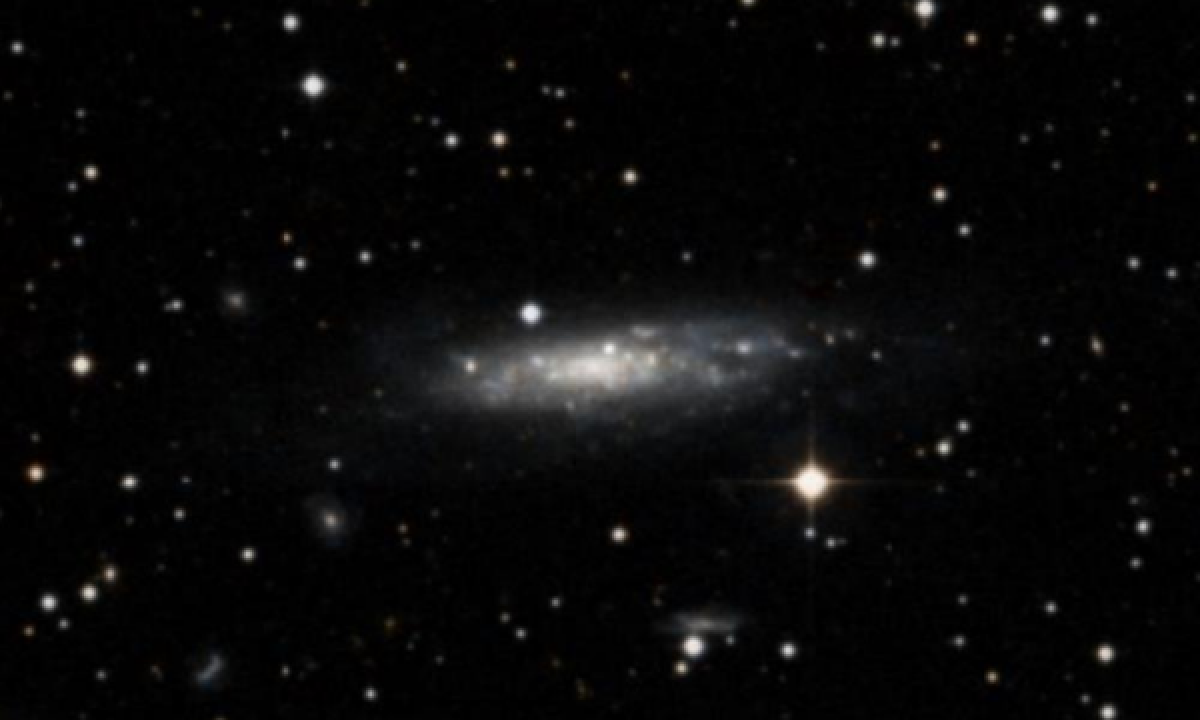The New General Catalogue of Nebulae and Clusters of Stars (abbreviated as NGC) is a catalogue of deep-sky objects compiled by John Louis Emil Dreyer in 1888. The NGC contains 7,840 objects, known as the NGC objects. It is one of the largest comprehensive catalogues, as it includes all types of deep space objects, including galaxies, star clusters, emission nebulae and absorption nebulae.
Know more about NGC
NGC 1003

NGC 1003 is a spiral galaxy at the western edge of the Perseus constellation. It is located at a distance of about 36 million light years from the Milky Way and is receding with a heliocentric radial velocity of 624 km/s. This galaxy was discovered by the Anglo-German astronomer William Herschel on October 6, 1784, who described it as "pretty faint, large, extended 90°±, much brighter middle, mottled but not resolved". It is a member of the NGC 1023 group of galaxies. The morphological class of NGC 1003 is SAcd, which means it is an unbarred spiral galaxy (SA) with somewhat loosely-wound spiral arms (cd). It is inclined by an angle of 70° to the line of sight from the Earth, with the major axis aligned along a position angle of 276°. The visual disk of the galaxy shows a substantial warping in the eastern side, turning it almost face on. The estimated star formation rate is 0.40 M☉·yr−1. It has a virial mass of 3×1012 M☉ and a mass-to-light ratio of 0.7. One supernova has been observed in NGC 1003: SN 1937D (type Ia, mag. 12.8) was discovered by Fritz Zwicky on 9 August 1937.
More Images:

Sources:
Wikipedia Page: NGC 1003
NGC 1003 at In-The-Sky website
